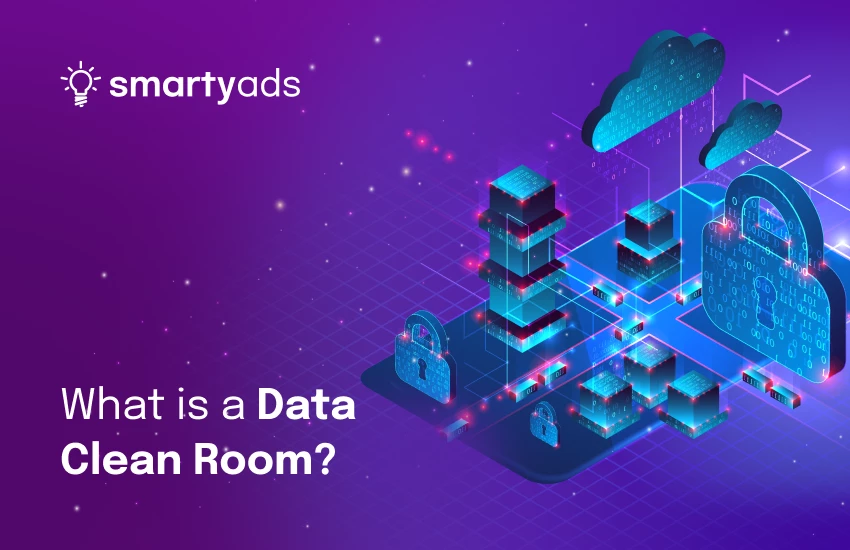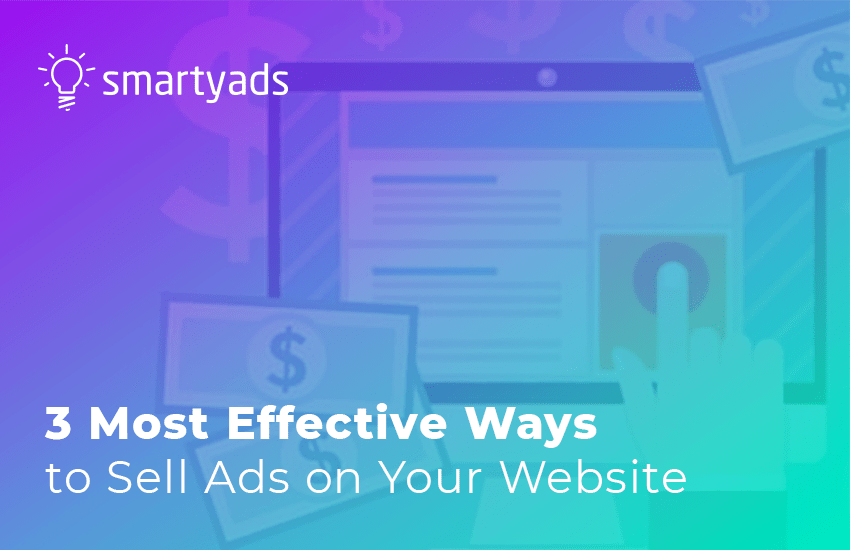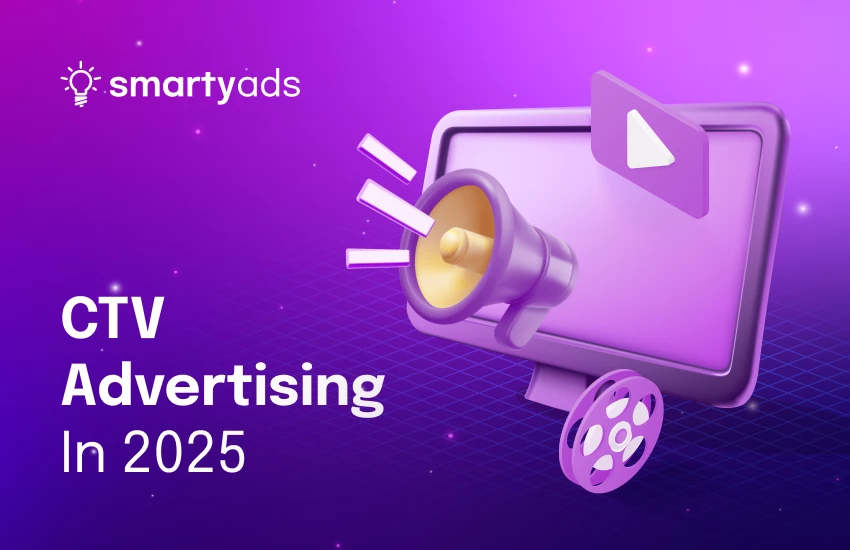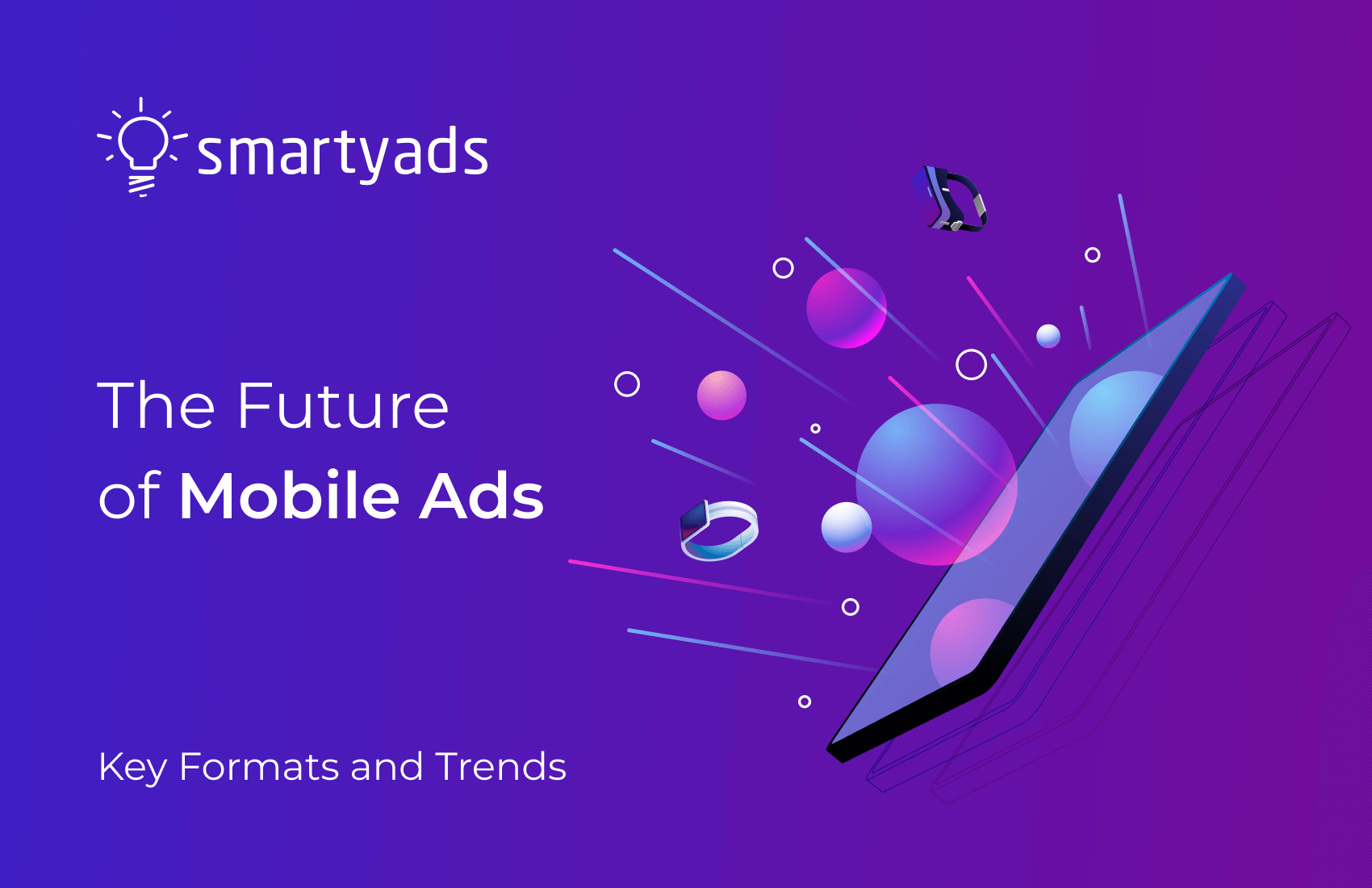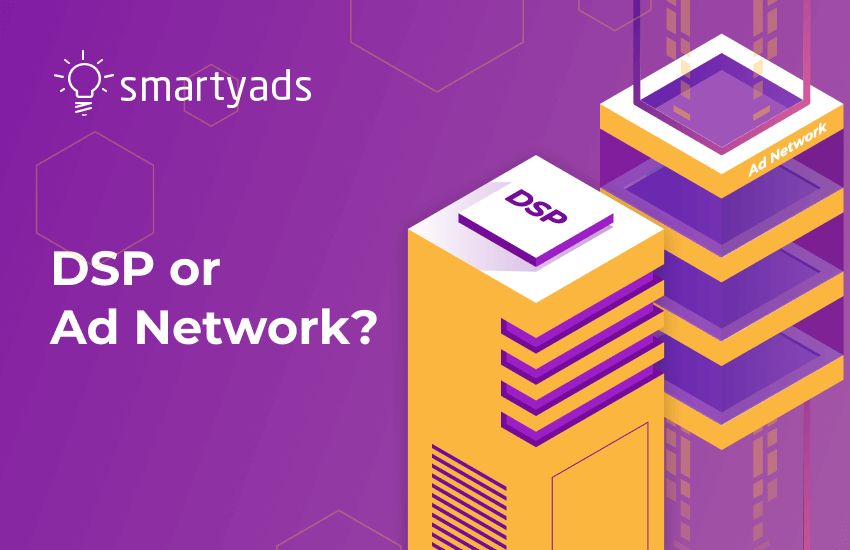Let’s talk about the elephant in the room.
With data privacy scandals dominating headlines and consumer trust in digital advertising hanging by a thread, data clean rooms have stepped in as the adtech industry's knight in shining armor—offering a privacy-safe way to collaborate without compromising sensitive data.
This big guide will walk you through everything you need to know about data clean rooms—from their fundamental workings to their real-world applications in protecting consumer privacy while enabling meaningful data collaboration.
Whether you're a marketer trying to navigate the post-third-party cookie environment or a privacy advocate wondering if there's finally a solution that doesn't require sacrificing data utility on the altar of compliance, this article contains the knowledge you need to understand why data clean rooms are becoming the go-to solution for privacy-conscious data analysis.
Reality Check: Yes, we're talking about yet another "revolutionary" privacy solution in adtech. But unlike most privacy theater we've witnessed, data clean rooms actually deliver on their promises—mostly.
What is a data clean room?
Data Clean Room — is a secure, privacy-preserving environment. It allows multiple parties to analyze and gain insights from combined datasets. This is done without directly sharing raw personal data. Advanced cryptographic techniques are employed to maintain individual privacy. Controlled query mechanisms enable aggregate-level analysis and collaboration.
Think of a data clean room as the Switzerland of data collaboration—neutral, secure, and surprisingly good at keeping secrets.
Unlike traditional data sharing methods where companies would literally hand over spreadsheets of customer information (yes, this actually happened), data clean rooms create a controlled environment where data can be analyzed without being exposed.
The concept isn't entirely new—financial institutions have been using similar privacy-preserving techniques for years. However, the advertising industry's recent adoption of data clean room solutions represents a significant shift from the Wild West approach of data sharing that characterized the early days of programmatic advertising.
How does a data clean room work?
Data clean room workflow:
| Data Ingestion → Privacy Protection → Query Processing → Secure Analysis → Aggregated Results |
The magic of data clean rooms lies in their sophisticated approach to data processing. Here's how the process typically unfolds:
1. Data ingestion and preparation: Each participating party uploads their datasets into the clean room environment. The data is immediately encrypted and often pseudonymized or hashed to prevent direct identification of individuals. This isn't your boomer grandma's data sharing—no USB drives changing hands in parking lots here.
2. Identity resolution: The system matches records across different datasets. It uses privacy-preserving techniques like secure hashing or differential privacy. This allows the clean room to identify which records refer to the same individuals. Importantly, it does so without revealing their actual identities.
3. Query execution: Analysts can run predetermined queries against the combined dataset. However, these queries are heavily restricted—you can't just ask for "all customers who bought premium products last month with their email addresses." Instead, you might query for aggregate statistics like "percentage of premium customers in the 25-34 age demographic."
4. Privacy controls: Advanced data clean room solutions implement multiple layers of privacy protection, including:
- Differential privacy (adding statistical noise to results)
- K-anonymity (ensuring results represent at least k individuals)
- Query auditing to prevent fishing expeditions
5. Result delivery: Only aggregated, anonymized insights are returned to users. The raw data never leaves the secure environment, and individual-level information remains protected.
Why are data clean rooms important for consumer privacy?
Mitigating privacy risks in data sharing
Traditional data sharing methods are about as secure as a screen door on a submarine. When companies directly exchange customer lists or detailed behavioral data, they create multiple points of vulnerability. Data clean rooms eliminate this risk by ensuring that sensitive information never leaves the secure environment. The irony? It took the advertising industry—not exactly known for its privacy consciousness—to develop one of the most robust privacy-preserving data collaboration frameworks available today.
Compliance with privacy regulations
With GDPR, CCPA, and a growing alphabet soup of privacy regulations, companies need solutions that don't require a law degree to implement safely. Clean room in marketing applications help organizations meet regulatory requirements by design, rather than as an afterthought. The controlled query environment and automatic anonymization features make compliance less of a nightmare and more of a built-in feature.
Enabling consent-based data processing
Modern privacy regulations emphasize meaningful consent and data minimization. Data clean rooms support these principles by allowing companies to collaborate on insights without collecting additional personal data from consumers. This approach respects user privacy preferences while still enabling valuable business intelligence.
Reducing data breach impact
When data breaches occur in traditional systems, the entire customer database might be compromised. In data clean room environments, the impact is significantly limited because raw personal data isn't stored in accessible formats. Even if attackers gain access, they'll find encrypted, anonymized data that's about as useful as a chocolate teapot for identity theft purposes.
🤔 Quick privacy check
Which scenario better protects consumer privacy?
A) Analyzing customer behavior through encrypted queries in a controlled environment
B) Sharing customer databases directly between marketing partners
Answer: A - Data clean rooms process data without exposing individual records, while direct database sharing exposes all customer records to potential breaches.
The main use cases of a data clean room
1. Audience analysis
One of the primary data clean room use cases involves understanding audience overlap and characteristics without compromising individual privacy.
Example: A streaming service and a retail brand might collaborate to understand how many customers they share and what demographic patterns exist, without either party revealing their complete customer list.
It's like having a conversation about mutual friends without actually naming names—except with mathematical precision and legal compliance.
2. Measurement and attribution
Cross-platform measurement becomes possible when multiple parties contribute data to a clean room environment.
Example: A brand can measure how their TV advertising influences online purchases. They do this by combining broadcaster viewership data with e-commerce transaction data. This process maintains individual privacy.
This approach addresses one of digital marketing's biggest challenges. It allows understanding of the customer journey across different touchpoints. It does so without stalking individuals across the internet.
3. Lookalike modeling
Data clean room solutions excel at creating lookalike audiences for targeting purposes.
Example: By analyzing the characteristics of high-value customers across different datasets, marketers can identify similar prospects. This process keeps the identities of existing customers private. It’s like having a great wingman who can spot people with similar interests without pointing and shouting across the bar.
4. Frequency capping and reach optimization
Nobody likes seeing the same ad 47 times in a day (despite what some programmatic platforms seem to believe).
Example: Clean rooms enable cross-platform frequency capping. They allow different advertising platforms to coordinate their delivery without sharing user lists. This improves user experience while also optimizing advertiser spend. It’s a rare win-win in the advertising ecosystem.
5. Supply chain analytics
Beyond advertising, data clean room in advertising applications extend to supply chain optimization.
Example: Retailers and suppliers can analyze purchasing patterns and inventory needs while protecting competitive sensitive information.
This collaborative approach improves efficiency across the entire supply chain without compromising strategic advantages.
Benefits of using a data clean room
🔒 Data privacy
The most obvious benefit is enhanced privacy protection. Data clean rooms implement privacy-by-design principles. This ensures that individual privacy is maintained throughout the analysis process.
Unlike traditional methods, where privacy is often an afterthought, clean rooms prioritize privacy. In clean rooms, privacy protection is a core feature rather than just a compliance checkbox.
👑 Data ownership
Companies maintain complete control over their data within clean room environments. Unlike third-party data brokers who might sell your customer information to the highest bidder, clean rooms ensure that data ownership remains with the original data holder.
It's like lending your car with the keys but ensuring you're the only one who can drive it.
⚖️ Regulatory compliance
Built-in compliance features make data clean room solutions appealing to legal and privacy teams. The controlled query environment and audit trails help reduce compliance risks significantly. Automatic anonymization adds an extra layer of protection. For companies tired of constantly addressing privacy regulations, clean rooms provide a more sustainable approach to data governance.
📊 Enhanced data quality
Clean rooms often improve data quality through standardization and validation processes. When multiple parties contribute data, inconsistencies become apparent and can be addressed systematically.
This collaborative approach to data quality improvement benefits all participants.
💰 Cost efficiency
Implementing a data clean room requires an initial investment. However, the long-term cost benefits are significant. There are reduced compliance risks, improved targeting efficiency, and better measurement capabilities. These advantages often justify the implementation costs. Additionally, you avoid the hidden costs of privacy violations, which can be substantial both financially and reputationally.
💰 Privacy ROI quick calculator
Estimate your potential privacy compliance savings:
| Business Size | Data Volume | Partners | Annual Savings |
| Small | < 10GB | 2-3 | $15,000-25,000 |
| Medium | 10-100GB | 4-10 | $50,000-100,000 |
| Enterprise | 100GB+ | 10+ | $200,000+ |
These estimates include reduced compliance costs, improved efficiency, and risk mitigation benefits.
Which companies offer data clean rooms?
| Company | Key Advantages | Clean Room Types | Pricing Model |
| SmartyAds | Comprehensive supply-side platform integration, mobile advertising expertise, transparent pricing | Advertising-focuse, Cross-platform measurement | Flexible subscription and usage-based models |
| Google Ads Data Hub | Deep YouTube and Google ecosystem integration | Advertising measurement, Attribution modeling | Based on query volume and data processing |
| Amazon Marketing Cloud | Amazon retail data integration, comprehensive e-commerce insights | Retail analytics, Attribution measurement | Amazon advertising spend-based pricing |
| Snowflake Data Cloud | Enterprise-grade infrastructure, multi-cloud support | Enterprise data collaboration, Custom analytics | Compute and storage usage-based |
| LiveRamp Safe Haven | Identity resolution expertise, extensive partner network | Identity-based analytics, Audience insights | Subscription and data volume-based |
| Facebook Advanced Analytics | Social media integration, extensive user base | Social advertising, Cross-platform measurement | Advertising spend percentage-based |
Clean room best practices from SmartyAds
🎯 Getting crystal clear on your game plan
Before you think about pouring resources into a data clean room, get surgical with your aims. Focus on hard-hitting business objectives and a precise way to measure success. Forget the old "build it and they will come" fantasy. Nail down exactly what insights you seek and how they will genuinely move the needle for your business. From our experience, clean room deployments that succeed are those with laser-focused, measurable goals. Vague hopes for "better data collaboration" just don't cut it.
📁 Architecting your data for prime performance
A truly slick clean room hinges on a smart data blueprint. That means rolling out robust data classification systems from day one. You've got to ensure every piece of data gets the exact level of privacy policing it deserves. Not all data carries the same baggage; transaction details, for example, need a completely different approach than, say, broad demographic figures. This meticulous classification isn't just about ticking compliance boxes; it’s the bedrock for lightning-fast processing while keeping those privacy shields impenetrable.
🛡️ Building a fortress: Security from every angle
Security in a clean room environment isn't just something you "do." It's something you live. We champion a multi-layered, ironclad defense strategy across the entire infrastructure.
This includes:
Encryption that truly locks it down. Data is scrambled both when it's sitting still and when it's on the move. This makes it utterly useless to prying eyes.
Access controls tighter than a drum. Granular permissions ensure that only the right people and processes can access specific data bits.
Unbreakable audit trails. We maintain comprehensive, unchangeable records of every single data interaction. This provides ultimate proof of transparency and accountability.
Constant security assault drills. We conduct proactive penetration testing and relentless vulnerability scans. This helps us find and patch any weak spots before adversaries do.
Always remember, a data clean room's true strength is measured by its weakest link. Adversaries have an uncanny knack for finding that exact spot.
🔍 Policing the queries: Who asks what, and how
Running a clean room effectively demands a firm hand on query governance. You need crystal-clear policies on what types of questions are allowed, paired with real-time monitoring systems designed to scream if a privacy violation even thinks about happening. Smart, automated query review systems are your secret weapon here, snagging problematic requests dead in their tracks before they ever get executed. Picture it: your data's got a seasoned bouncer on the door—they know precisely who gets in and who gets shown the curb.
📋 Staying ahead of the game: Never-ending privacy assessments
Privacy regulations are changing quickly. Conducting regular, formal privacy impact assessments isn't just a nice-to-have; it's an absolute necessity. These ongoing check-ups ensure your clean room setup aligns with current and emerging privacy mandates. What was compliant yesterday might not be acceptable tomorrow. Staying one step ahead is mission-critical.
🤝 Picking your team: Vetting partners and locking down agreements
The success of a multi-party clean room often boils down to the caliber and trustworthiness of your collaborators. You've got to scrutinize potential clean room partners with a fine-tooth comb. And once you've picked them, seal the deal with ironclad data use agreements. Anyone can claim "privacy-first" practices, but actually delivering on that promise? That's a whole different ballgame. Due diligence on every single player involved is non-negotiable for keeping your clean room in marketing efforts spotless and legitimate.
Consider SmartyAds your trusted partner
At SmartAds, we build solutions that help our clients make smarter, more responsible use of their advertising data. Whether you're optimizing yield, refining audience targeting, or preparing for a more privacy-conscious future, we bring the tools and experience to help you move forward with confidence.
Smarter Use of Data, Not Just More of It
We work with clients to better understand and activate their data — always with performance, compliance, and transparency in mind. As privacy regulations evolve and third-party signals continue to decline, we’re helping partners explore secure and scalable ways to collaborate on insights and measurement.
We’re particularly focused on approaches that support data collaboration in privacy-safe environments — including clean room–like solutions where appropriate. Our role is to make sure the technology supports the business objective, not the other way around.
How We Can Help
We support publishers, platforms, and media buyers with:
- Data strategy and monetization planning;
- Audience segmentation and activation;
- Privacy-ready infrastructure and workflow design;
- Technical setup for secure data usage, including clean room–compatible models.
We focus on building the foundation now, so you're ready for what's next — whether that's tighter regulation, evolving user expectations, or new collaboration models.
🚀 Ready to get started?
Ready to explore how data clean rooms can transform your marketing analytics while protecting consumer privacy?
Let's discuss your specific requirements and develop a solution that actually works in the real world, not just in PowerPoint presentations.
Frequently asked questions
Any data clean room company provides built-in privacy protection through controlled queries, automatic anonymization, and audit trails. They're designed to meet GDPR, CCPA, and other privacy regulations by preventing direct access to personal data while enabling valuable insights. The controlled environment ensures that all data processing activities are logged and auditable, making compliance reporting much simpler.
Clean room solutions work with most structured data types, including transaction records, behavioral data, and demographic information. However, unstructured data like images or videos requires specialized processing. Our team can assess your specific data requirements and recommend the best approach for integrating different data types while maintaining privacy protection standards.
Absolutely! Our supply-side platform mobile advertising integration makes data clean rooms particularly effective for mobile campaigns. You can analyze user behavior across apps while maintaining privacy compliance, enabling better targeting and attribution measurement for mobile advertising campaigns. This is especially valuable given the mobile advertising ecosystem's complexity and privacy requirements.
